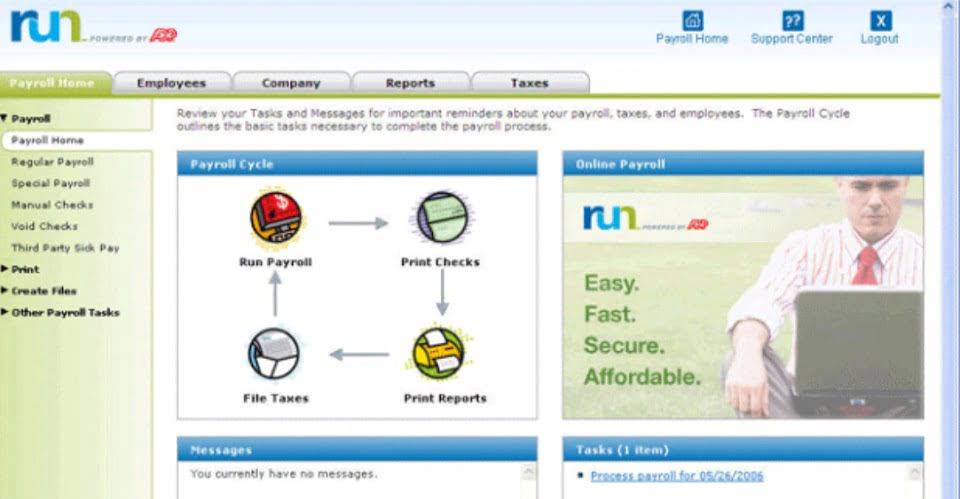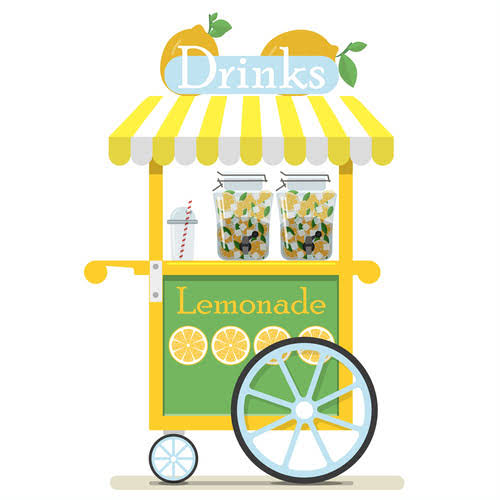
On the other hand, a product with a low gross profit may actually be very profitable, if it uses only a minimal amount of administrative and selling expense. Nonmanufacturing costs play a significant role in strategic decision-making, influencing everything from pricing strategies to investment decisions. For instance, understanding the full cost structure, including nonmanufacturing expenses, allows businesses to set more accurate product prices that cover all costs and generate a desired profit margin.
Presentation of Manufacturing and Nonmanufacturing Costs in Financial Statements
The relevance of costing to manufacturing companies is highly important to running an efficient and successful business. Identifying, separating and apportioning cost data provides management and outside decision makers (investors) valuable information on the company’s profitability and cost control systems. Nonmanufacturing overhead costs are the company’s selling, general and administrative (SG&A) expenses plus the company’s interest expense. While depreciation on manufacturing equipment is considered a manufacturing cost, depreciation on the warehouse in which products are held after they are made is considered a period cost. While carrying raw materials and partially completed products is a manufacturing cost, delivering finished products from the warehouse to clients is a period expense. For instance, managers of consumer goods companies such as Procter & Gamble and Anheuser-Busch prefer to allocate the high expense of advertising to a certain product.
- This article looks at meaning of and differences between two main cost categories for a manufacturing entity – manufacturing cost and non-manufacturing cost.
- Understanding these variances allows for timely corrective actions, ensuring that the company remains on track financially.
- SMe Software’s complete Manufacturing Management Software is highly configurable, completely integrated business software for the small to mid-size manufacturer.
- Finally it will also let you run “what-if” studies in order to find the best and most efficient ways to run your business.
- Nonetheless, additional production always generates additional manufacturing costs.
- This level of detail helps in identifying which activities are driving profitability and which are draining resources, thereby enabling more targeted cost-cutting measures.
AccountingTools
Although selling costs and general and administrative costs are considered nonmanufacturing costs, managers often want to assign some of these costs to products for decision-making purposes. For example, sales commissions and shipping costs for a specific product could be assigned to the product. However, as we noted earlier, managerial accounting information is tailored to meet the needs of the users and need not follow U.S. Manufacturing overhead are costs that are not part of labor or material cost and can be either a fixed or variable cost. For instance, fixed overhead costs consist of property taxes, insurance premiums, depreciation and nonmanufacturing employee salaries, according to Accounting Tools.
Period Costs
While this provides a clear and simple allocation, it may not fully capture the nuances of how different departments utilize resources. One advantage of the ABC system is that it provides more accurate information on the costs to manufacture products, but it does not show up on the financial statements. Explain how this costing information has value if it does not appear on the financial statements. For a further discussion of nonmanufacturing costs, see Nonmanufacturing Overhead Costs.
- For example, knowing the cost to produce a unit of product affects not only how a business budgets to manufacture that product, but it is often the starting point in determining the sales price.
- Moreover, variance analysis can be broken down into different types, such as price variance and volume variance.
- Rather, nonmanufacturing expenses are reported separately (as SG&A and interest expense) on the income statement for the accounting period in which they are incurred.
- Examples include advertising costs, salaries and commission of sales personnel, storage costs, shipping and delivery, and customer service.
Non-manufacturing costs include those costs that are not incurred in the production process but are incurred for other business activities of the entity. These costs do not specifically contribute to the actual production of goods but are essential to ensure overall functioning of the business. PepsiCo, Inc., produces more than 500 products under several different brand names, including Frito-Lay, Pepsi-Cola, Gatorade, Tropicana, and Quaker. Net sales for 2010 totaled $57,800,000,000, resulting in operating profits of $6,300,000,000. Cost of sales represented the highest cost on the income statement at $26,600,000,000.

Effective Management of Nonmanufacturing Costs for Decision-Making

By linking costs to these drivers, businesses can better understand the relationship between their activities and expenses, leading to more effective budgeting and resource allocation. Examples of selling costs for PepsiCo include television advertising (probably the biggest piece of the $22,800,000,000), promotional coupons, costs of shipping products to customers, and salaries of marketing and advertising personnel. Nonmanufacturing, also known as “period” costs, consists of selling and administrative expenses.
What are nonmanufacturing overhead costs?
This comprehensive cost understanding is crucial for maintaining competitiveness and profitability in the market. Solid ERP software like the SMARTer Manager system lets you make sure that your accounting is done according to generally accepted standards. It lets you post critical data to a real time dashboard so it can be continually and easily reviewed by managers, accountants, and owners. Finally it will also let you run “what-if” studies in order to find the best and most efficient ways to run your business.
- Cost of sales represented the highest cost on the income statement at $26,600,000,000.
- This includes salaries of administrative staff, office supplies, utilities, and rent.
- This method provides a more granular view of where resources are being consumed, allowing for more precise cost management.
- Examples of nonmanufacturing costs appear in Figure 1.5 “Examples of Nonmanufacturing Costs at Custom Furniture Company”.
- You might view this account as containing the cost of the products in the finished goods warehouse.
- In other words, selling prices must be large enough to cover SG&A expenses, interest expense, manufacturing overhead, direct labor, direct materials, and profit.
- As we indicated earlier, nonmanufacturing costs are also called period costs; that is because they are expensed on the income statement in the time period in which they are incurred.
- For example, a utility bill may have a fixed base charge plus a variable cost based on usage.
- Note “Business in Action 2.3.2” provides examples of nonmanufacturing costs at PepsiCo, Inc.
- These expenditures, while not part of the manufacturing process, are essential for generating revenue.
- A manufacturer must disclose in its financial statements the amount of finished goods, work-in-process, and raw materials.
- (However, interest expense and other nonoperating expenses are not included; they are reported separately.) These expenses are not considered to be product costs and are not allocated to items in inventory or to cost of goods sold.
The two broad categories of costs are manufacturing costs and nonmanufacturing costs. Note “Business in Action 2.3.2” provides examples of nonmanufacturing costs at PepsiCo, Inc. Manufacturing and non-manufacturing costs together form total costs for a manufacturing entity. They are impacted by different factors and thus their appropriate categorization is important.



